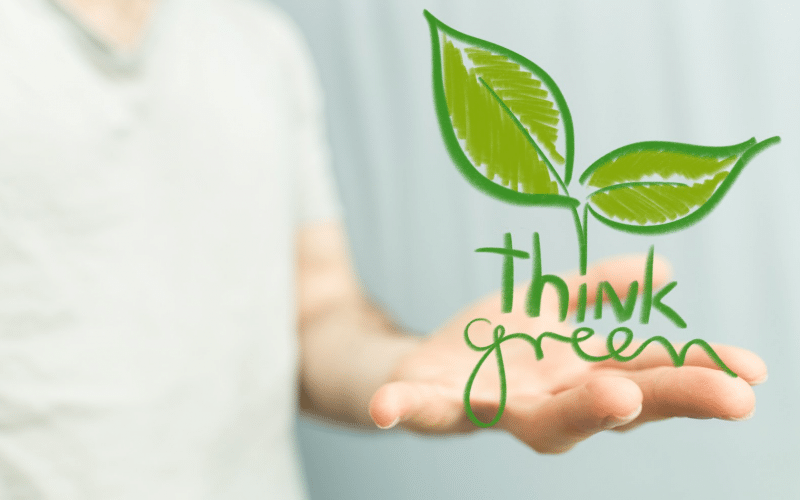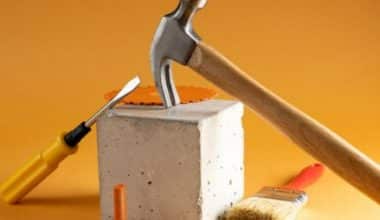A person’s carbon footprint is how many greenhouse gases they create by their actions. For the average American, this is about 16 tons a year.
As for how to be eco-friendly, focus on the little things. You don’t have to change your entire lifestyle.
For example, you can save a lot of paper by switching to digital documents. Storing your paperwork in a computer folder is also convenient. Buying a smart thermostat can save you hundreds on your power bill too.
These are only a few tips that will help you reduce your environmental impact. Check out this guide for a few more eco-friendly tips.
1. Ease Up on Your Heating
For most people, winter is their cue to turn their heater on full blast. While that will keep you toasty, it’s not good for the environment. It will also run your power bill up.
That doesn’t mean you need to keep your heater off, but you should set it to a moderate setting. You can stay warm by dressing in thicker layers.
Invest in blankets made with thick fabrics like wool. Putting rugs on your floors will help lock heat into your home. You can also shove draft excluders under your doorways.
2. Invest in Renewable Energy
Solar panels power homes by taking the energy from the sun and converting it into electricity. This allows homeowners to make their own sustainable energy.
The benefits of solar energy are endless. Depending on the size of your system and electricity consumption, you can save big bucks on your utility bills.
With the number of Americans investing in solar panels, tiny home improvements like this can increase the value of your house.
Solar panels are also easy to maintain. You can read this blog to learn how to keep your system clean.
3. Stop Printing
Printing out documents will give you a physical copy you can give to another person or keep stored away for your own records.
The problem is that printing documents kills trees. The creation of printer ink also disperses harmful chemicals into the air.
Keeping digital records doesn’t harm a single tree. If you need to share a file with another person, email it to them or give them a flash drive that contains a PDF.
4. Decorate With Plants
The creation of most home decor causes air pollution to some degree. That’s where plants come in.
They don’t harm the environment and can improve the air quality of your home. They do this by taking in carbon dioxide and swapping it for clean oxygen.
Some of the best plants for beginners include golden pathos, spider plants, snake plants, dragon trees, aloe, and Chinese evergreens.
5. Buy a Smart Thermostat
Smart thermostats connect to the home’s AC system. After it’s installed, you can connect it to the other smart devices in your home and control it using an app on your phone.
Its sensors will pick up on the regular heating patterns of your home. This means it will know when it needs to turn on the AC.
You can program it to turn off the air while you’re at work and start cooling things down about a half hour before you’re scheduled to come back. This will help you save on energy and cut your utility bills in half.
6. Catch Rainwater
Rainwater is a clean source of water, and it has many uses. It’s excellent for cooking, cleaning, and watering your house plants.
Buying a rain barrel will cost around a hundred dollars, but it will lower your water bill by a considerable amount. It can also reduce erosion and protect natural waterways. There are a few things you need to consider before buying a barrel.
Depending on where you live, your rain barrel could be illegal. Some states that haven’t outlawed them have restrictions on how much water you’re allowed to collect.
Most rain barrels weigh several hundred pounds when full. You’ll need to be sure the surface you put yours on can withstand the weight.
Create an overflow opening for extra water to run into another rain barrel or downhill. If you don’t, the extra water will pool around your home and erode the foundation.
7. Begin a Compost Heap
Investing in quality fertilizer will allow you to keep your garden healthy. However, most fertilizers contain harmful additives and chemicals.
Give your plants the best nutrients by trading the fertilizer for a compost heap.
Composting involves throwing kitchen trash into a heap. It will break down into healthy organic matter that you can add to your garden soil.
On top of helping your plants grow up strong, it will reduce their watering needs. It may not seem like a lot, but it will help you save on your water bill.
You can compost almost anything. A few ideal options are:
- Woodchips
- Paper
- Dryer lint
- Used coffee filters
- Cardboard
- Weeds
- Stale bread
- Eggshells
- Coffee grounds
- Grass clippings
- Fruit and veggie peels
You can place the items in a pile or invest in a compost bin. Whatever option you choose, put down a layer of twigs to start your heap for drainage purposes.
After allowing the compost pile to warm up in the sun for a few weeks, turn it using a pitchfork. This will mix up your pile and allow it to aerate.
How to Be Eco-Friendly and Cut Your Carbon Footprint in Half
The first step in helping the environment is learning how to be eco-friendly. Getting started is simple.
It’s all about the small things. Create a compost pile, use digital files, invest in solar energy, and start decorating with plants.
For more energy-saving tips, visit our blog daily for all the latest news.






